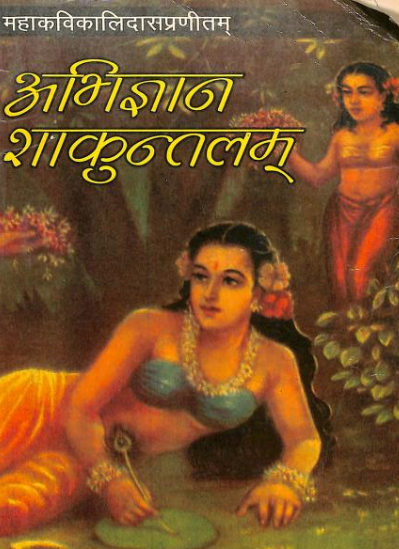Author: Kalidas
Kalidasa, often considered the greatest poet and dramatist in classical Sanskrit literature, is renowned for his mastery of both poetic and dramatic forms. His works, known for their lyrical beauty, profound themes, and deep emotional resonance, have had a lasting impact on Indian literature and culture.
Life and Times
The exact details of Kalidasa’s life remain shrouded in mystery. Scholars generally agree that he lived during the Gupta dynasty, often referred to as the “Golden Age” of India, which spanned from the 4th to the 5th century CE. The Gupta period was marked by significant achievements in arts, science, and culture, providing a fertile ground for Kalidasa’s literary genius to flourish.
Major Works
Kalidasa’s oeuvre can be broadly categorized into plays, epic poetry, and lyrical poetry.
Plays
- Shakuntala (Abhijnanashakuntalam):
- This is perhaps Kalidasa’s most celebrated work, a play that tells the love story of King Dushyanta and Shakuntala, a forest maiden. The play is renowned for its depiction of emotions, nature, and its intricate plot.
- Vikramorvashiya:
- This play narrates the love story of King Pururavas and the celestial nymph Urvashi. It explores themes of love, separation, and reunion, blending human and divine elements seamlessly.
- Malavikagnimitram:
- This play revolves around the love affair between King Agnimitra and Malavika, a maiden of unknown origin. The play highlights courtly intrigues and romantic escapades.
Epic Poetry
- Raghuvamsha:
- An epic poem that traces the lineage of the Raghu dynasty, to which the legendary King Rama belongs. It celebrates the virtues and heroic deeds of the dynasty’s rulers.
- Kumarasambhava:
- This epic narrates the birth of Kartikeya (Kumara), the son of Shiva and Parvati, who is destined to defeat the demon Tarakasura. The poem is noted for its vivid descriptions and poetic elegance.
Lyrical Poetry
- Meghaduta (The Cloud Messenger):
- A lyrical poem that tells the story of a yaksha (demigod) who, exiled from his home, sends a message to his wife through a passing cloud. The poem is celebrated for its rich imagery and emotional depth.
- Ritusamhara:
- This is a descriptive poem that portrays the six seasons of the Indian subcontinent. It is lauded for its detailed and evocative depictions of nature.
Literary Style and Themes
- Imagery and Nature: Kalidasa is known for his exquisite use of imagery, particularly his depictions of nature. His descriptions of landscapes, seasons, and emotions are vivid and evocative, often serving as metaphors for human experiences.
- Emotional Depth: His works explore a wide range of human emotions, from the joy of love to the sorrow of separation. His characters are well-developed, with complex inner lives that resonate with readers.
- Classical Elegance: Kalidasa’s mastery of Sanskrit allows for a seamless blend of classical form and lyrical beauty. His use of meters and poetic devices is highly sophisticated.
Legacy
Kalidasa’s influence on Indian literature and arts is profound. His works have been translated into numerous languages and continue to be studied, performed, and celebrated. He is often compared to great Western poets and playwrights, such as Shakespeare, for his universal appeal and timeless relevance.
Kalidasa remains a towering figure in the annals of world literature, revered for his ability to capture the beauty of the natural world and the complexity of human emotions through his poetic and dramatic works.






